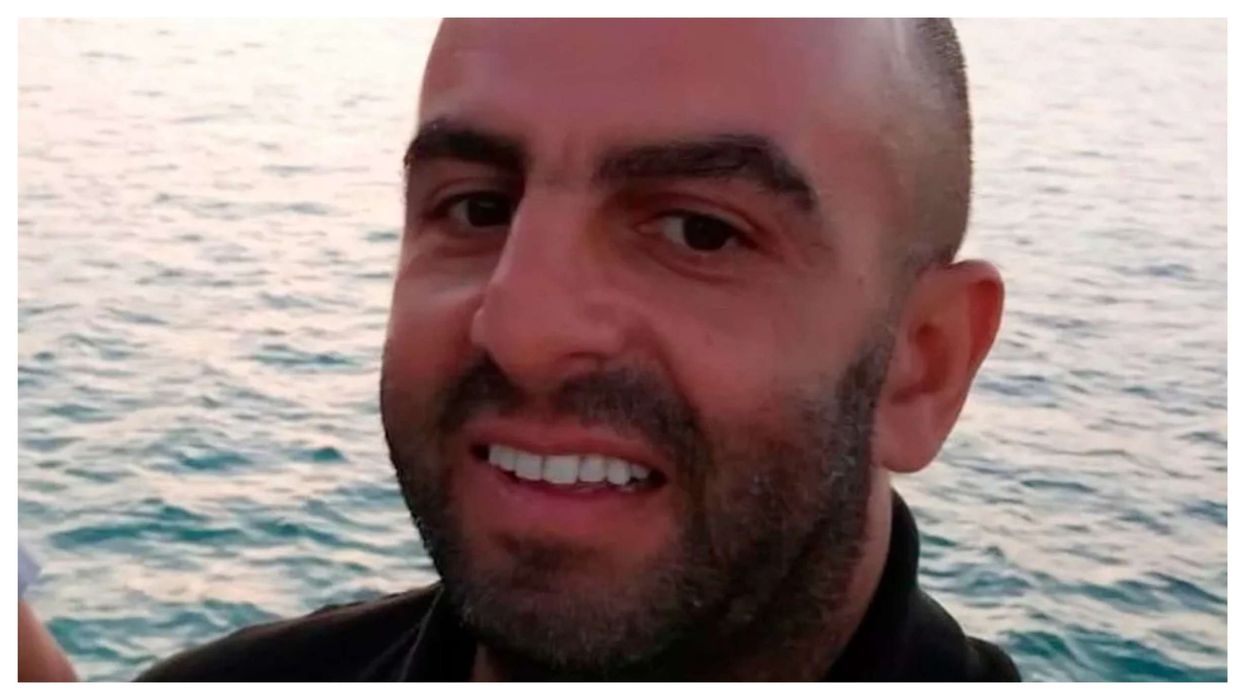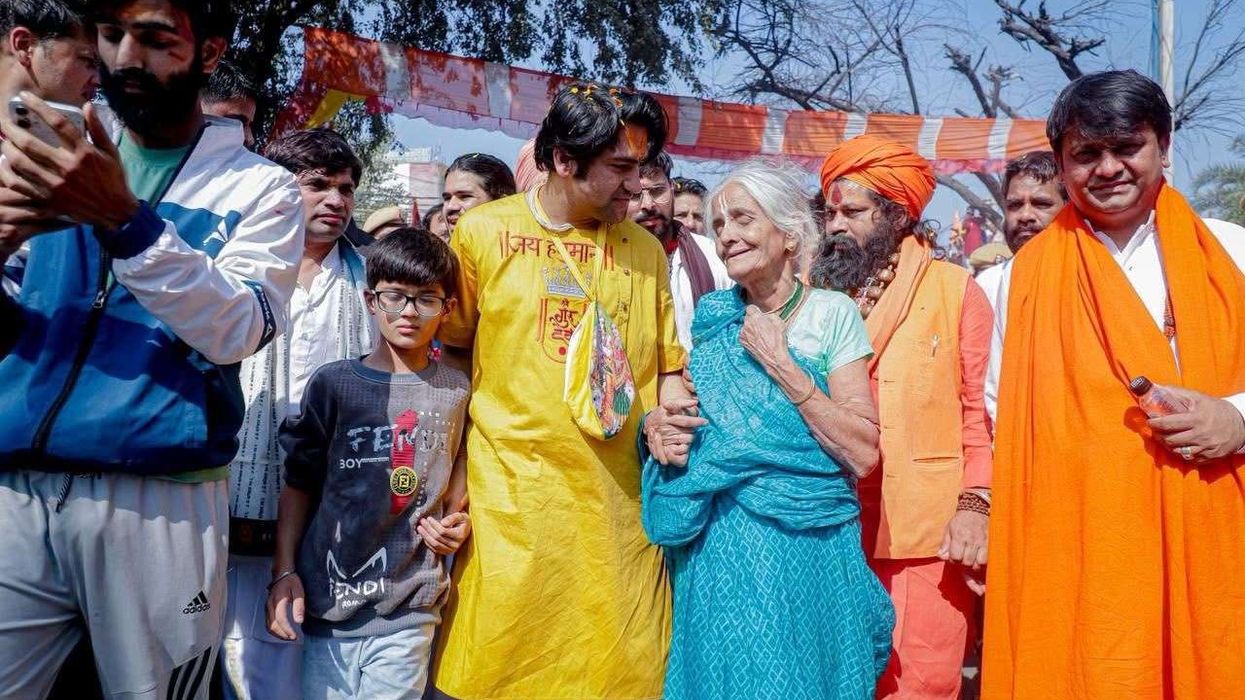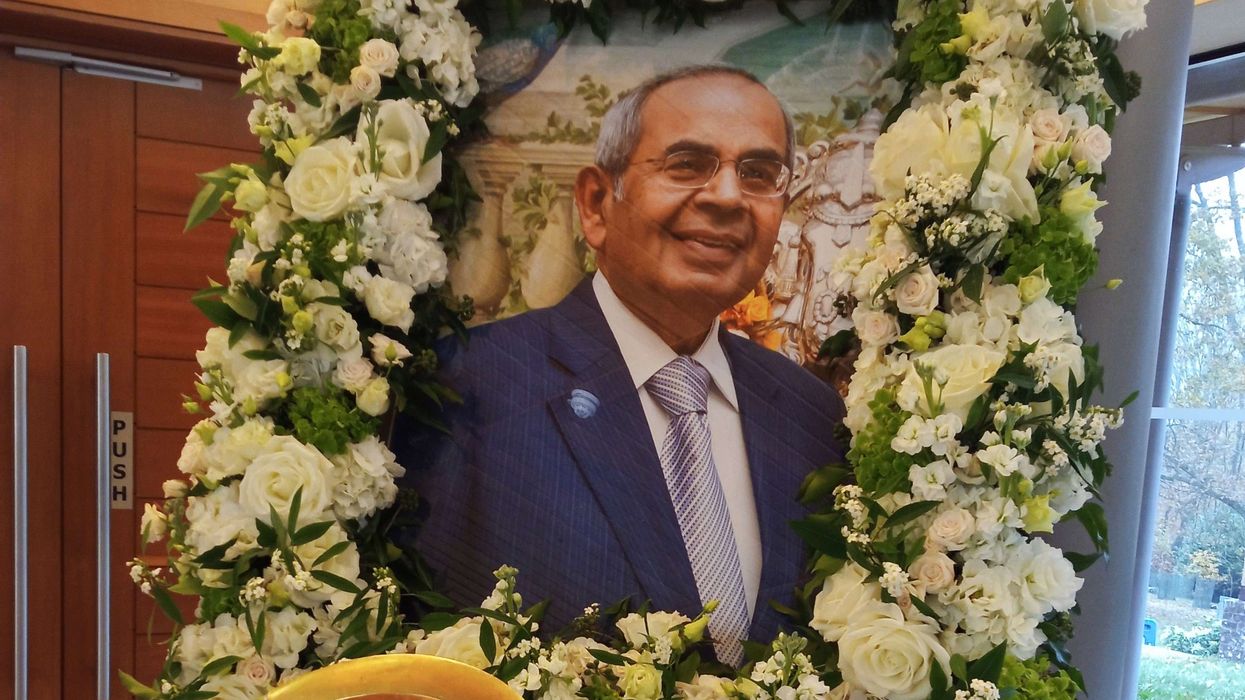By Rehan Fazal
ON MAY 8, 1999, Captain Iftekhar of the 6 Northern Light Infantry was sitting in an isolated post with a junior officer, Lance Hawaldar Abdul Hakim, and 12 other Pakistani soldiers.
They noticed a few Indian shepherds grazing their animals some distance away. The soldiers went into a huddle to figure out how to deal with the situation.
The Pakistanis were armed to the teeth and it was not difficult for them to apprehend the civilians. But Iftekhar decided against it because capturing them would mean sharing their limited ration with the shepherds.
He allowed them to return.
That was a mistake the Pakistani soldiers would go on to regret.
The shepherds left the area only to return with Indian soldiers, who scanned the area with their binoculars, and later they also quietly returned.
But that was not the end of the story. It was the beginning of a bloody war between the Asian neighbours, both armed with nuclear weapons. The theatre of military exchange was Jammu and Kashmir, claimed by both India and Pakistan.
Soon after the Indian soldiers left, a Lama helicopter of the Indian Airforce (IAF) appeared on the horizon. It was flying so low that Iftekhar could see the badges on the shoulders of the pilot.
Retired colonel of the Pakistani army, Ashfaq Hussain, recalls his conversation with Iftekhar. He told the BBC: “I have met Captain Iftikhar personally. He told me that the next day, two Lama helicopters of the Indian Air Force came to the same spot again and fired on Pakistani positions. Captain Iftekhar sought permission from his bosses to return fire on the Indian choppers, but permission was denied, thinking that the action would alert the Indians and give away our positions.”
Indian political leadership clueless about KargilLocal Indian army commanders believed the Pakistanis had made big inroads into Indian territory, but they thought they would handle it at their level without informing the political leadership.
Manvendra Singh, whose father Jaswant Singh was foreign minister when the Kargil war broke out, is a leader of India’s Congress party. He recalled: “One of my friends used to work at the military headquarters in New Delhi. He rang me up and said he wanted to meet me urgently. When I went to his home, he told me that there was something disturbing going on at the Kargil border. The whole unit had been sent to a difficult area by helicopters. At that time he had no idea whether the infiltration belonged to the terrorist groups or Pakistani army. I came back home rather late and went to sleep.
“Early in the morning the next day, I told my father. He rang the then defence minister, George Fernandes, who cancelled his planned tour to Russia and immediately called a meeting of senior military officers at Army headquarters.”
Purpose was to isolate India from SiachinThe question arises as to why Pakistani soldiers secretly occupied the Kargil heights soon after the Lahore summit between India and Pakistan?
The former Indian army chief, General Ved Prakash Malik, said: “One of the military objectives of the Pakistani army intrusion was to recapture a part of the Siachin glacier, to cut off vital Indian communication links to this area and thus disrupt its control.
“Pakistani army chief General Pervez Musharraf did not like the fact that India pre-empted the Pakistani plan and occupied the snow-covered, no man’s land, in Siachin in April 1984. At that time, Musharraf used to be a major. He himself tried to have this place vacated, but could not succeed.”
When Dilip Kumar lambasted Nawaz SharifWhen the Indian leadership realised the enormity of the situation they were flabbergasted. India’s prime minister Atal Bihari Vajpayee immediately rang his Pakistani counterpart Nawaz Sharif. Former Pakistani foreign minister Khurshid Mahmood Kasuri has given details of the exchange in his memoirs, Neither a Hawk Nor a Dove.
Kasuri wrote: “Vajpayee told Sharif, ‘you have treated me shabbily after having invited me to Lahore’.
While he had been received in Lahore with such warmth, Pakistan had wasted no time in occupying Kargil heights.
Sharif replied that he was not aware of what Vajpayee was saying, but promised to get back to him after talking to army chief General Pervez Musharraf.”
At this point, Vajpayee told Sharif to speak to somebody who was sitting next to him. Sharif was astonished to hear the voice of Dilip Kumar, the legendary Indian film star, telling him: “Mian saheb, we did not expect this from you, since you have always claimed to be a great supporter of peace between India and Pakistan. Let me tell you as an Indian Muslim, that in case of tension between the two countries, the position of Indian Muslims becomes very insecure and they find it difficult to even leave their homes.”
RAW had no idea about infiltrationThe most astonishing thing was that India’s external intelligence agency had no clue about such a big Pakistani operation. Diplomat and India’s former high commissioner to Pakistan, Satish Chandra said: “The Research and Analysis Wing (RAW) did not know what was happening across the border. But could they have guessed?
“The Pakistanis did not deploy any additional forces. It would be easy for RAW to guess had there been unusual troop movement on the Pakistanis side of the ceasefire line.
“I have spoken to so many people from the intelligence community. All of them told me that they had given at least 52 intelligence inputs like ammunition being dumped and small troops movement. But they also said such things happen every year.
“There was no smoking gun evidence. If Indian troops were in forward positions, they would have noticed these unusual developments. In one instance, an officer refused to obey the order of withdrawal during winter. He continued to stay there despite tough weather conditions and there was no infiltration in his area.
“The Indian army is not the watch and ward force. Its main function is to fight. The surveillance of the border comes under the jurisdiction of the BSF (Border Security Force).”
Brilliant plan by Pakistan
Despite all this, the Indian army drew criticism for its handling of the infiltration. Former Lt Gen HS Panag, who was later posted at Kargil, said: “The Pakistanis came up with a brilliant plan. They came forward to occupy the vacant Indian positions during the winter months. They totally controlled the Leh-Kargil highway, the lifeline of Indian positions at Siachen.“Strategically, it was their big achievement. But they never thought about their next course of action. I shall go to the extent of saying that our performance was below par, even shameful, in the first month of hostilities.
“It was only after the 8 Division took charge that things started improving. No doubt it was a very difficult operation. They were on the heights and we were down the hills. There was a lack of oxygen and our preparation for aggressive mountain warfare was not up to the mark.”
Musharraf’s versionPakistan’s former military ruler Musharraf has always maintained that in his opinion, it was an excellent plan which put the Indian army under tremendous pressure.
In his autobiography, In the Line of Fire, Musharraf writes: “The brigade-size attacks were launched to secure outposts held by as few as eight or 10 of our men. These attacks gained little ground until the middle of June. The mountain favours defence.
“The Indians, by their own admission, suffered over 600 killed and over 1,500 wounded. Our information suggests the real numbers are at least twice what India had publicly admitted. The Indians actually ran short of coffins, owing to an unexpectedly high number of casualties, and a scandal later came to light in this regard.”
Capturing Tololing was the major breakthroughBut by the second week of June, things started coming under the control of the Indian Army. I asked the then Army chief, General VP Malik what the crucial moment of the Kargil operation was.
He replied: “Capturing Tololing height was the first turning point in the Kargil war for us. We never looked back thereafter. After more than three weeks of bitter fighting, Tololing Top Point 4590 was back in our hands. Here 18 Grenadiers set the stage and 2 Rajputana Rifles finished the task against overwhelming odds and at a great price. When we captured Tololing, we realised that ultimately things shall move in our direction and it was a big boost to our morale."
27 Indian soldiers were required to dislodge 1 Pakistani soldierThis war was fought across 100 kilometres where about 1,700 Pakistani regular soldiers penetrated about eight-nine kms inside Indian territory. In the operation, 527 Indian soldiers lost their lives and 1,363 soldiers were wounded.
One of the commanders of the Kargil war, Lt Gen Mohinder Puri, said: “The mountain eats troops. If the war is happening on the ground, aggressive troops should be three times the number of troops who are defending. But in the mountains, this goes up to nine times the defending troops; and in case of Kargil, up to 27 times. It means that if one enemy soldier is sitting on the heights, you have to send 27 men to dislodge him.’
Pakistan shot down two Indian jets and a helicopterMusharraf maintained until the end that had the Pakistani political leadership supported him, things would have been different.
He wrote in his memoirs, “India overreacted by bringing its air force into action. They started crossing over and bombarding the positions of the Pakistani army. This resulted in the shooting down of one of the Indian helicopters and two jet planes over Pakistani territory. Our troops exacted a very heavy toll on Indian convoy traffic, forcing the convoys to travel in the dark of night.”
Bofors guns changed the course of warIt is true that in the initial stages, the IAF did suffer setbacks, but as the conflict continued, they, along with their Bofors guns, hit Pakistani posts with deadly accuracy.
Nasim Zehra, a Pakistani journalist who has written a critically acclaimed book on Kargil, titled From Kargil to Coup – Events That Shook Pakistan, said, “Firing over 100 guns on a restricted target was like we were indeed cracking a nut with a sledgehammer. The Indians succeeded in reducing the posts to powder, using short- and long-range weapons.”
Clinton’s plane -speaking to SharifThe momentum Indian troops got in the second week of June continued until the end of July. Things became so bad for Pakistan that Sharif had to rush to Washington to seek American intervention in stopping the war.
In the early hours of July 4, at 2.30am, Sharif took off in the New York bound PIA commercial flight PK 761. The then US president Bill Clinton agreed to meet him on American Independence Day.
Both leaders first met with their aides. This meeting lasted barely seven minutes. It was followed by two-hour meeting between Clinton and Sharif. While Clinton was joined by Bruce Reidel as a note-taker, Sharif went in without an aide.
Later Reidel wrote a paper, American diplomacy and the 1999 Kargil Summit, saying that “Clinton began by telling Sharif why Kargil was a blunder and how two nuclear powers were almost at the brink of war.
“One point Sharif made to Clinton was he wanted to meet him in private. Clinton dismissed him with a wave of a hand and said he warned him on July 2 not to come to Washington unless he was ready to withdraw without any precondition or quid pro quo. If Sharif was not willing to oblige, the president said he had drafted a statement ready to issue that would pin all the blame for the Kargil crisis on Pakistan that night.”
Later, one member of the Pakistani delegation, Tariq Fatemi, admitted, “During the break between the sessions of the Sharif-Clinton meeting, we found Sharif to be a drained man. From his reaction to our words, I realised there was little fight left in him. Our team still offered a few amendments to the draft. Sharif was extremely reluctant to take them to Clinton. He admitted he had been told it was a take it or leave it situation.”
During the meeting, the TV in the room was beaming the news of the fall of the strategically important peak, Tiger Hill. During the break, Sharif called his army chief to confirm the news. Musharraf chose not to deny it.”
Rehan Fazal, a renowned senior broadcast journalist in the BBC Delhi bureau, has nearly 30 years of experience in the media industry. He produces and presents the popular show Vivechana on contemporary modern history on BBC News Hindi.













A journalist’s perspective of the Kargil War